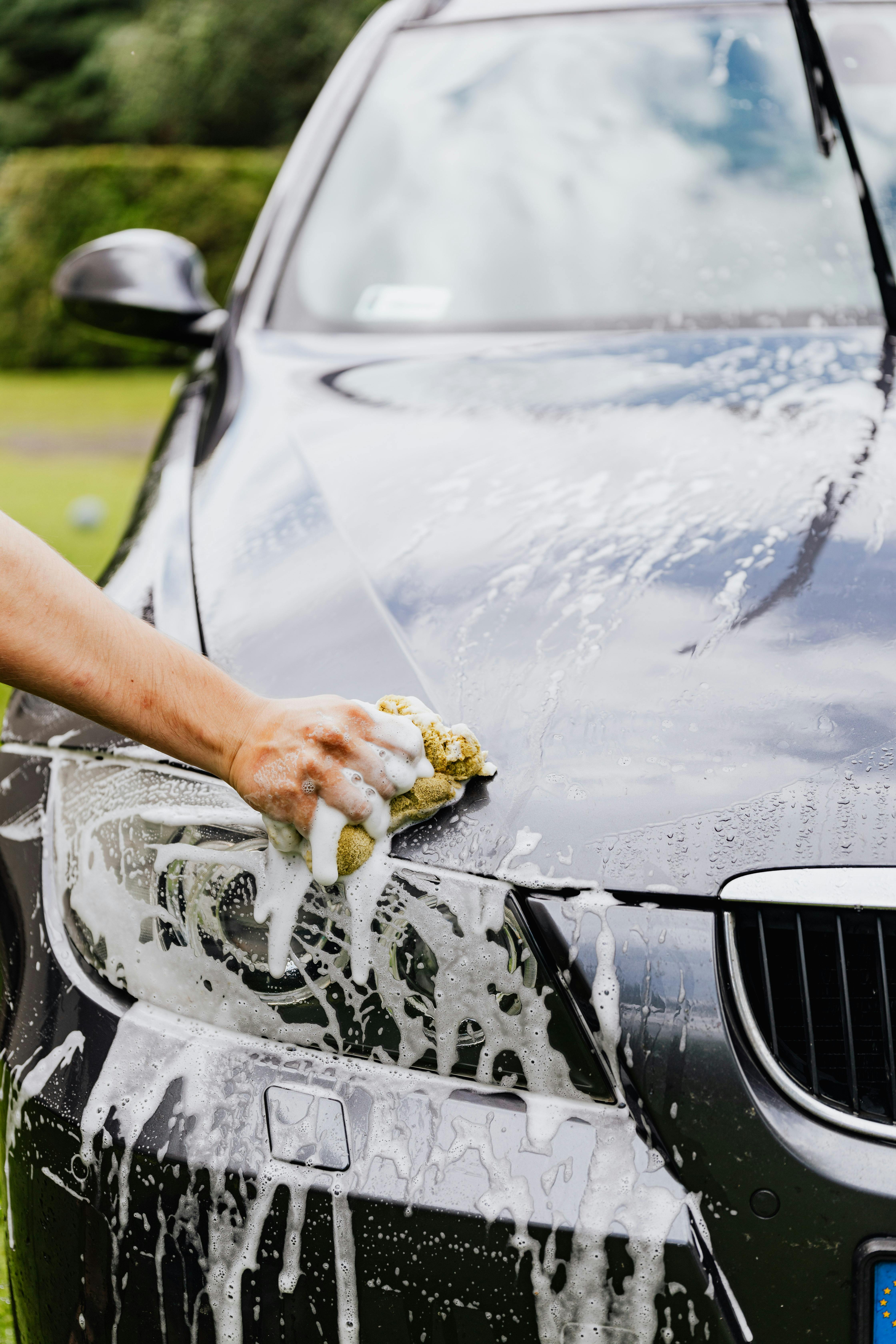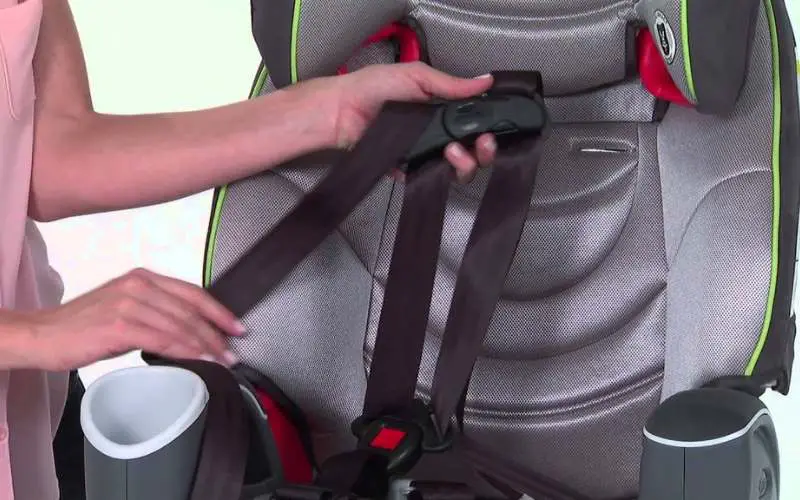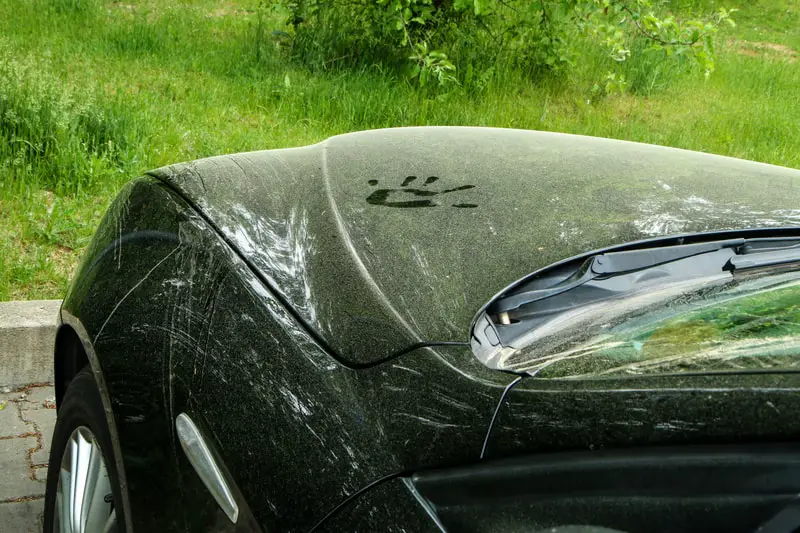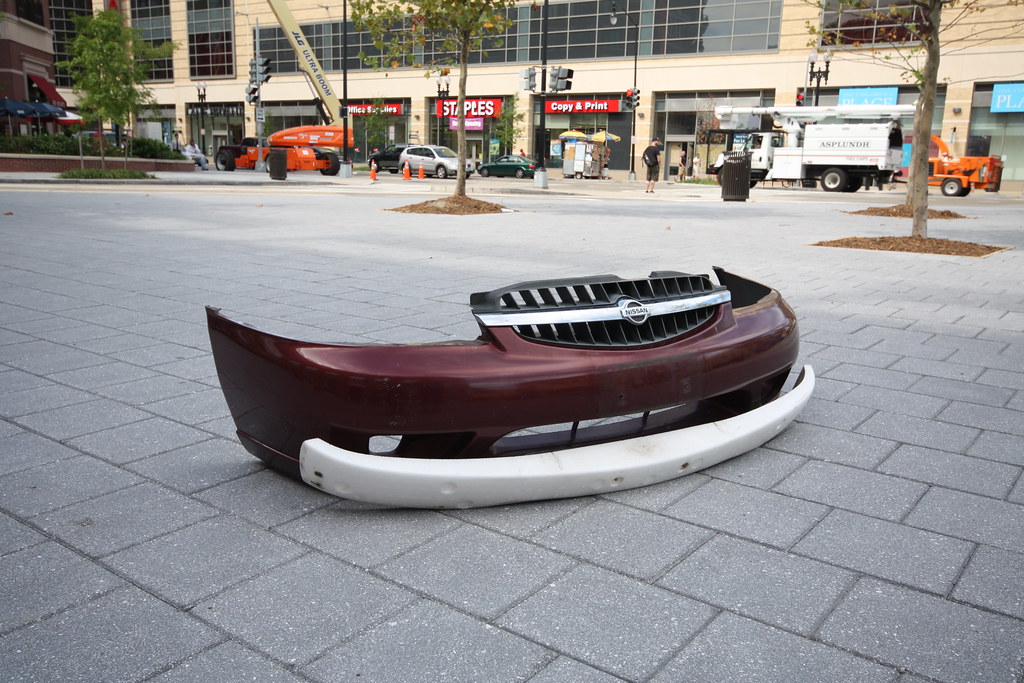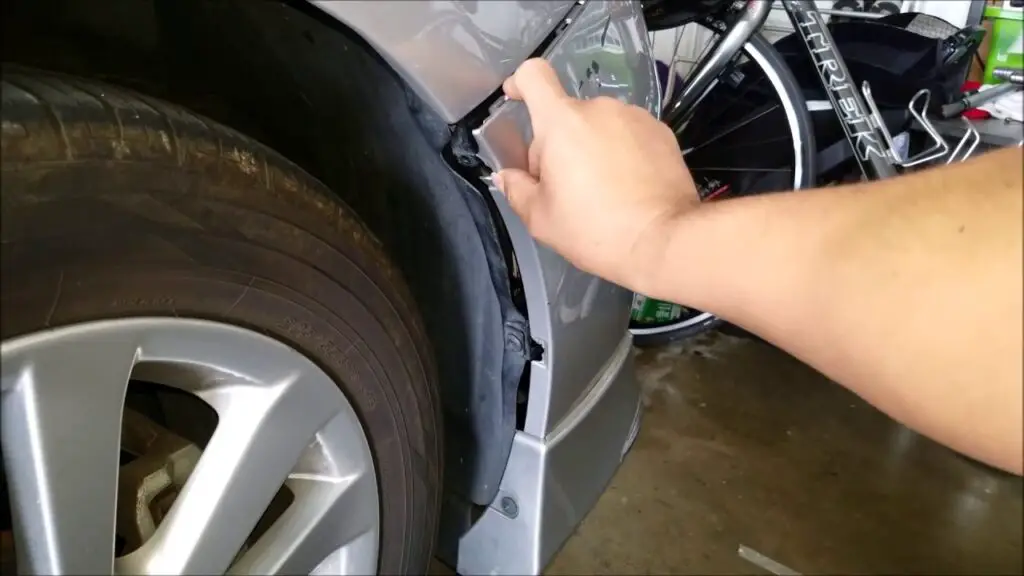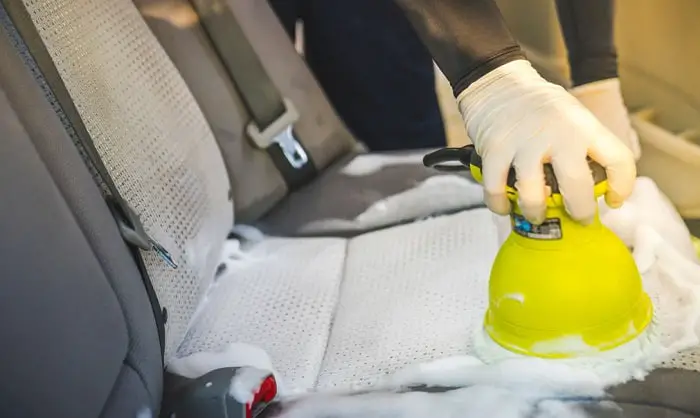Have you ever wondered how easy it is to set off a car alarm? Well, you might be surprised to learn that it doesn’t take much effort at all. In fact, with just a few simple steps, anyone can trigger a car alarm and cause quite a disturbance.
Whether you’re looking to prank a friend or test the sensitivity of your own vehicle’s alarm system, knowing how to set off a car alarm can come in handy.
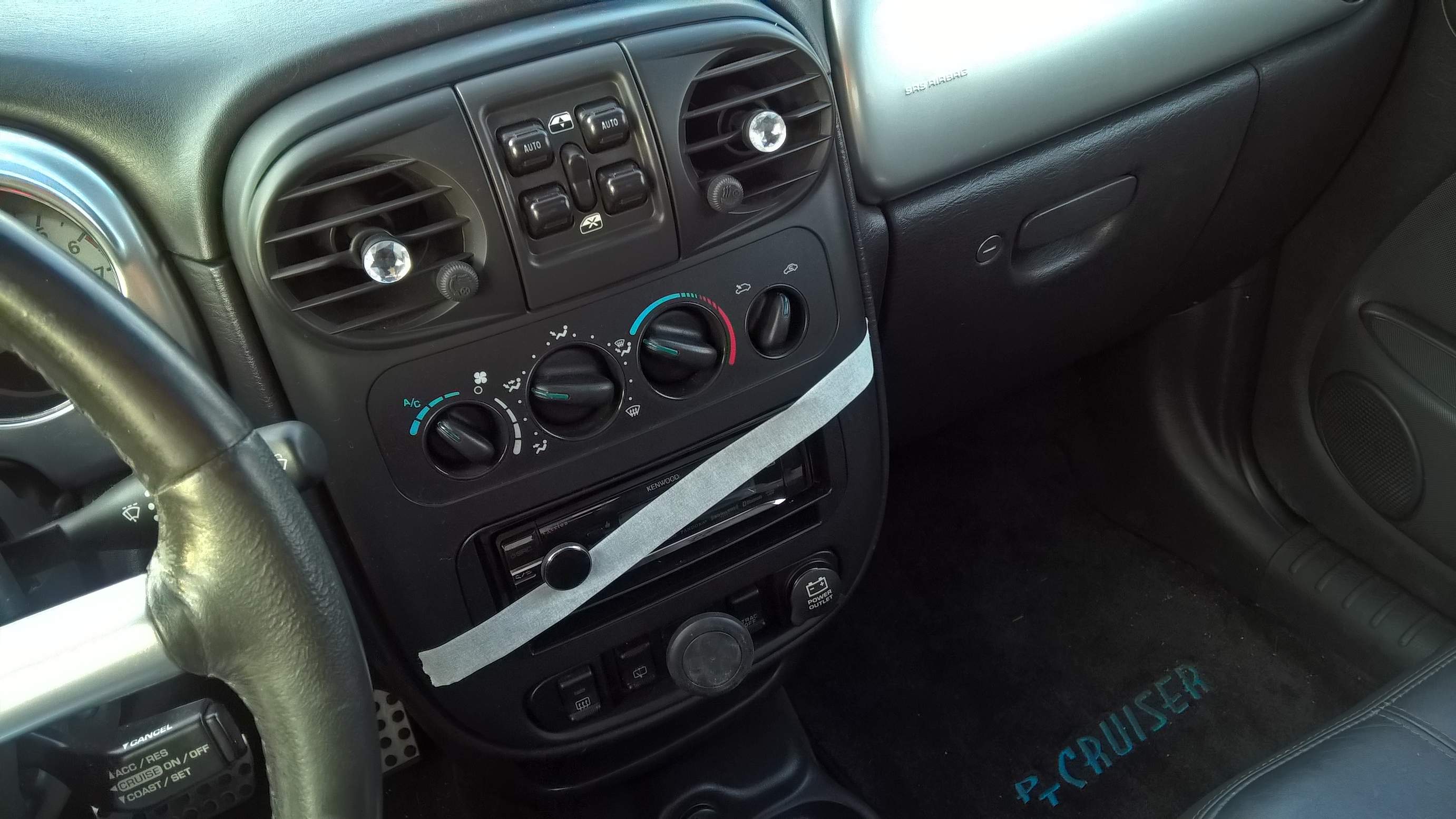
If you find yourself in a situation where you need to set off a car alarm, here are the steps to follow:
1. Locate the car alarm button on your key fob or dashboard.
2. Press and hold the button for a few seconds until the alarm is activated.
3. Ensure that nobody is around the car to avoid causing unnecessary panic.
4. Be cautious and respectful of others if you decide to set off the alarm.
Remember, setting off a car alarm should only be done in emergencies or testing situations.
How to Trigger a Car Alarm: Understanding the Mechanics
Car alarms are a common security feature built into vehicles to deter theft and protect your valuable possessions. While they are designed to alert you and others in case of unauthorized access or tampering, there may be situations where you need to intentionally set off a car alarm.
In this article, we will explore the different methods and techniques to trigger a car alarm, from the conventional to the more creative approaches.
However, it’s essential to note that these methods should only be used responsibly and in situations where the car’s owner has provided consent, such as for testing purposes or in emergency scenarios.
1. Utilizing the Key Fob
The simplest way to set off a car alarm is by using the key fob remote that is typically provided with the vehicle. Most car alarms can be activated or deactivated by pressing specific buttons on the key fob. To trigger the car alarm:
- Ensure that the vehicle is parked in a safe and legal spot without any obstructions.
- Locate the alarm button on your key fob. It is usually labeled with an icon resembling a car with soundwaves coming out of it.
- Press and hold the alarm button for a few seconds until you hear the sirens and see the car lights flashing.
- To deactivate the alarm, press the same button again or use the unlock button on the key fob.
Using the key fob to set off the car alarm is an easy and convenient method, especially in scenarios where you need to quickly test the functionality or locate your vehicle in a crowded parking lot. However, it’s crucial to inform nearby individuals and the authorities beforehand to avoid any unnecessary panic or confusion.
2. Triggering the Alarm through the Car’s Interior
If you find yourself locked out of your car with the alarm system armed, you can trigger the alarm from the inside to attract attention and potentially get assistance. Here’s how:
- Locate the alarm system disarm button or switch near the driver’s side footwell or the dashboard.
- Using a tool or an improvised object, such as a long stick or a shoelace, press or toggle the disarm button or switch.
- When the alarm system is triggered, the sirens will sound, and the lights will flash to indicate that the alarm has been set off.
It’s essential to note that triggering the alarm from the inside should be reserved for emergency situations, such as when you are trapped inside the vehicle or require immediate assistance. Always try to contact a locksmith or the authorities first and follow their instructions.
3. Creating Vibrations to Activate the Car Alarm
Some car alarms are designed to detect vibrations to protect against theft attempts. By creating sufficient vibrations, you can trigger the alarm system. Here are a few methods to set off the car alarm through vibrations:
3.1. Jumping on the Vehicle
One way to set off the car alarm is by physically jumping on the vehicle’s hood, trunk, or roof. The impact and vibrations caused by jumping can activate the alarm’s shock sensors, triggering the alarm system. However, this method should only be used in controlled environments and with the owner’s consent.
3.2. Using a Vibrating Device
Another method to trigger the car alarm is by using a vibrating device or tool. By placing a vibrating device, such as a powerful subwoofer or a specialized tool that emits vibrations, near the car, you can potentially activate the alarm system.
It’s important to note that this method may not work with all car alarm models and requires careful experimentation.
3.3. Slamming Doors or Hitting the Body
In some cases, slamming the doors or forcefully hitting the car’s body can generate enough vibrations to trigger the alarm. Again, this method should only be performed with the owner’s consent and in controlled environments where the risk of damage to the vehicle is minimized.
4. Disconnecting the Car Battery
Disconnecting the car battery is another effective method to set off the car alarm, but it should only be considered as a last resort. Here’s how:
- Park the vehicle in a safe location away from traffic and engage the parking brake.
- Open the hood and locate the car battery.
- Wearing insulated gloves and using the appropriate tools, disconnect the negative (-) terminal of the battery first and then the positive (+) terminal.
- Wait for a few minutes and then reconnect the battery terminals in the reverse order: positive (+) first and then negative (-).
Disconnecting the car battery will interrupt the power supply to the alarm system, causing it to trigger when the battery is reconnected. However, keep in mind that this method may also reset other vehicle systems such as radios and clocks, and it is not recommended unless no other options are available.
Exploring Different Dimensions: How to Set Off a Car Alarm
In this section, we will delve into additional methods to set off a car alarm, catering to different scenarios and situations.
1. Playing Loud and Disruptive Sounds
Car alarms are designed to detect sounds and vibrations that indicate potential theft or unauthorized access. By playing loud and disruptive sounds in close proximity to the vehicle, you can trigger the car alarm system. Here are a few ways to achieve this:
- Use a high-powered megaphone or speaker to amplify and project a loud noise towards the car’s vicinity. Choose sounds that are likely to trigger the alarm, such as sirens or screeching noises.
- Set off firecrackers or other loud fireworks close to the vehicle. The sudden noise and vibrations can activate the car alarm.
- If available, utilize professional sound equipment designed for testing and evaluating alarm systems. Consult with experts in the field to ensure proper usage and safety precautions.
Remember to exercise caution and be mindful of local ordinances and laws regarding noise disturbances.
2. Manipulating the Wiring System
For those with knowledge in automobile electronics and wiring systems, manipulating the car’s wiring can set off the alarm system.
It’s important to note that this method should be performed by trained professionals or individuals with expertise in car electronics to avoid damaging the vehicle. Here are a few techniques:
2.1. Shorting the Wiring
By intentionally shorting specific wires in the car’s wiring system, you can cause a disruption that triggers the alarm system.
This method requires precise knowledge of the vehicle’s wiring schematic and should only be attempted by professionals or individuals with extensive experience in automotive electronics.
2.2. Tampering with Sensors
Car alarm systems are equipped with various sensors, such as shock sensors and motion detectors, that can be manipulated to trigger the alarm. By tampering with these sensors or their connections, you can cause a false activation.
However, it’s important to note that accessing and tampering with these components may require specific tools and expertise.
3. Seeking Professional Assistance
If you require assistance in setting off a car alarm for legitimate purposes, it is advisable to seek the help of professionals. Automotive technicians, locksmiths, or security experts who specialize in car alarm systems can provide guidance, advice, and services tailored to your specific needs.
They have the knowledge and tools necessary to analyze and trigger car alarms without causing unnecessary damage or disruption.

How to Set Off a Car Alarm?
Setting off a car alarm can be done intentionally or unintentionally. Here are a few methods to set off a car alarm:
1. Use a Keyless Entry Remote
If your car has a keyless entry remote, press the panic button to activate the alarm. This button is usually marked with an exclamation mark or a horn symbol. It is a quick and easy way to set off the car alarm in case of an emergency or to locate your vehicle in a crowded parking lot.
2. Trigger the Shock or Impact Sensor
Many cars are equipped with shock or impact sensors that detect abrupt movements or vibrations. You can test this feature by gently rocking or pushing your car. Be cautious not to damage your vehicle while doing so.
3. Disconnect the Battery
If you want to set off the car alarm as a prank, one way to do it is by disconnecting the car’s battery. However, this method may also cause the car’s electrical systems to reset, resulting in other problems.
4. Seek Professional Help
If you encounter problems with your car alarm system or need assistance in intentionally setting it off, it is recommended to seek professional help from a qualified car technician. They can guide you on how to safely activate or deactivate the alarm without causing any damage.
Frequently Asked Questions
Car alarms can sometimes be set off accidentally, causing a loud and intrusive sound. If you find yourself in a situation where you need to set off a car alarm intentionally, here are some commonly asked questions and answers to guide you.
1. How can I set off a car alarm without a key?
Setting off a car alarm without a key can be done by detecting the car’s sensitive areas. Look for places where the alarm sensors are located, such as the door handles, trunk, or hood. Apply firm pressure to these areas to trigger the alarm.
Keep in mind that this method may vary depending on the car make and model, so it’s always best to refer to the car’s manual for specific instructions.
To avoid any legal issues or damages, it’s important to note that intentionally setting off a car alarm without proper authorization may be illegal in some jurisdictions. Always ensure you have the necessary permissions or consult with a professional before attempting such actions.
2. Can I set off a car alarm using a remote control?
Yes, you can set off a car alarm using a remote control if your vehicle is equipped with a remote key fob. Typically, the remote control has a panic button that is specifically designed to activate the car’s alarm system.
Pressing this button will emit a loud sound and flash the vehicle’s lights to attract attention. Refer to your car’s manual to locate the panic button on your remote control and understand its functionality.
It’s essential to use this feature responsibly and avoid triggering the car alarm unnecessarily, as it may disrupt others and lead to unnecessary panic or annoyance.
3. Is there a way to set off a car alarm by tampering with the wires?
While it is technically possible to set off a car alarm by tampering with the wires, it is not recommended or advised. Tampering with the electrical system of a vehicle can cause damage, malfunctions, or even start a fire. Additionally, tampering with a car’s alarm system without proper authorization is illegal in many jurisdictions.
If you’re experiencing issues with your car alarm or need it to be disabled temporarily, it’s best to consult with a professional mechanic or contact the manufacturer for assistance.
4. What should I do if I accidentally set off a car alarm?
If you accidentally set off a car alarm, the first thing to do is locate your vehicle’s key fob and press the “lock” button or the specific “alarm off” button, if available.
This will usually stop the alarm from sounding. Alternatively, unlocking the car using the key or starting the engine can also deactivate the alarm.
If none of these methods work, you may need to consult your car’s manual or contact the manufacturer’s helpline for further assistance.
Remember to apologize to anyone who may have been disturbed by the alarm and ensure you take precautions to avoid triggering it accidentally in the future.
5. Can extreme temperature changes set off a car alarm?
Extreme temperature changes, such as sudden hot or cold weather, can potentially trigger a car alarm. This is because temperature fluctuations can affect the car’s electrical system, causing it to malfunction and set off the alarm.
To minimize the chances of your car alarm being triggered by temperature changes, consider parking your vehicle in a garage or shaded area to protect it from extreme weather conditions.
If you are experiencing persistent issues with your car alarm due to temperature changes, it’s best to have it inspected and repaired by a qualified automotive technician to ensure proper functionality.
Remember, intentionally setting off a car alarm without proper authorization or valid reasons may be illegal and unethical. It’s important to be considerate of others’ peace and safety when dealing with car alarms.
So, to conclude, it is important to note that setting off a car alarm can have serious consequences and should never be done unless it is absolutely necessary. In most cases, car alarms are designed to deter theft and protect the vehicle and its contents.
However, there may be situations where you need to disable a car alarm, such as when the alarm is malfunctioning or when you have accidentally triggered it.
If you find yourself in a situation where you need to set off a car alarm, the first step is to identify the location of the alarm system, which is usually under the dashboard or in the engine compartment.
Once you locate the alarm system, you can disable it by disconnecting the power source or removing the fuse that controls the alarm. It is important to handle the alarm system with caution and to consult the car’s manual or seek professional help if you are unsure about the process.
In Conclusion
While it is important to have a basic understanding of how to set off a car alarm, it is crucial to do so responsibly and with the owner’s consent. Triggering a car alarm without permission can cause unnecessary panic, inconvenience, and potential damage to the vehicle.
Always be mindful of local laws and regulations regarding noise disturbances, and consider seeking professional assistance when necessary.

